A sternal fracture is a fracture of the breastbone. It most commonly occurs accidentally and is a consequence of an injury or trauma. The sternum is the bone that, together with ribs, protects all the organs inside the thoracic cavity.
However, in case of its fracture, some of the fractured parts may move inside the thoracic cavity and cause serious damage to many vital organs.
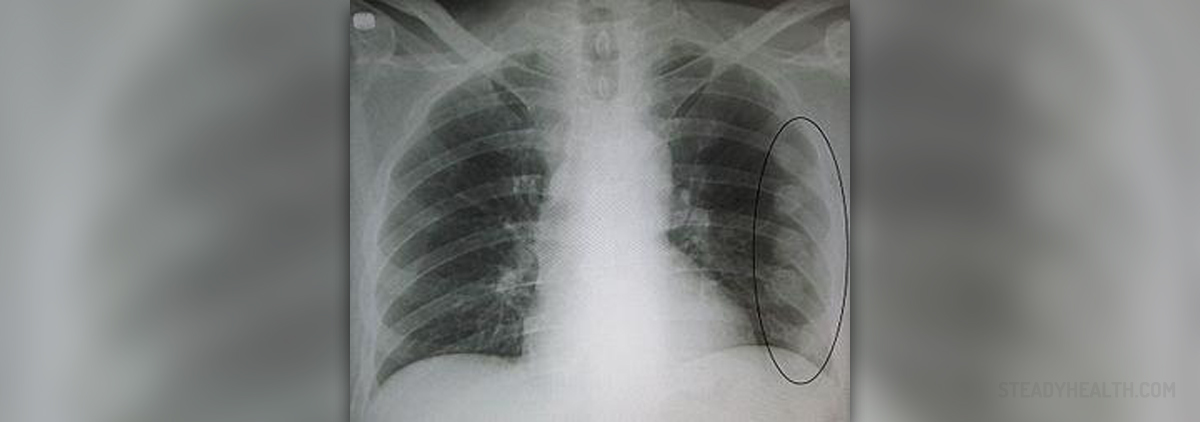
Clinical Characteristics of Fractured Sternum
The leading symptom of a sternum fracture is intensive pain located over the center of the chest. The pain typically worsens during any movement and it also becomes more intense with breathing (especially while taking deep breaths).
Patients additionally complain about swelling of the injured area, bruising (which soon develops) and tenderness of the injured bone. In severe fractures, there is obvious deformity of the breastbone and the person develops serious breathing difficulties.
What are Causes of Fractured Sternum?
As it has already been mentioned the sternum and the ribs form a protective shield for many organs inside the thoracic cavity. A sternal fracture generally develops due to blunt chest trauma. Namely, the bone may compensate for such trauma up to a certain extent. However, if the force is quite intensive the rib cage simply cannot withstand trauma and this leads to a sternal fracture.
In the majority of cases such fractures develop due to participating in contact sports and may be associated with a physical assault. Furthermore, this fracture also affects people who have had motor vehicle accidents during which the chest has forcefully hit against the steering wheel. Sternal fracture is also a side effect of a forcefully performed cardiopulmonary resuscitation.
Treatment for Fractured Sternum
This injury requires proper evaluation by a well-experienced professional. Patients must be physically examined and they additionally undergo an X-ray of the chest or CT scan. Ultrasound of the heart may point to some damage to heart structures due to a severe fracture when bone fragments have moved deep into the chest cavity or the trauma was so severe that it pushed the organs of the thoracic cavity. Apart from PA X-ray of the chest doctors also perform lateral radiographs. This way they have better insight into the extent of sternal displacement.
- A systematic review of literature published from 1990 to June 2017 was conducted. Original studies on traumatic sternal fractures, reporting sternal healing or sternal stability were included.
- Studies on non-traumatic sternal fractures or not reporting sternal healing outcomes, as well as case reports (n?=?1), were excluded.
- Sixteen studies were included in this review, which reported treatment outcomes for 191 patients. Most included studies were case series of poor quality.
- All patients showed sternal healing and 98% reported pain relief. Treatment complications occurred in 2% of patients.
- All patients in this review demonstrated sternal healing (187/187, 100%) and/or sternal stability (35/35, 100%) after either conservative or surgical treatment. In virtually all patients (133/136, 98%), treatment resulted in pain relief. Three patients (3/174, 2%), all treated surgically for an acute sternal fracture, suffered from treatment complications: one patient showed post-operative wound seroma, one patient was re-operated due to loosening of fixation materials, and one patient suffered from an intra-operative bleeding due to injury to the mammary artery (without further post-operative complications).
- The included studies comprised only 354 patients (of whom 191 patients could be analysed) in a total study period of 56 years and 3 months. Although only patients over 18 years of age were included in this review, one study reported an age range of 17–54 years. Since the mean age of the patients was 33 years, we decided not to exclude this study from our analysis.
- Only 21 patients were included in the conservative treatment group of this review. Of these patients, 11 were treated by passive reduction of their sternal injury and ten patients received unknown non-surgical treatment.
- The mean length of hospital stay was 15 days, but ranged from 3 to 59 days. Only few studies reported the length of stay: most of these reported a mean hospital stay of three to 12 days, while one study demonstrated a prolonged mean stay of 31 days.
Patients suffering from a sternal fracture are commonly prescribed pain killers and anti-inflammatory drugs. They are supposed to rest for approximately 3-4 weeks and only after that period may start with mild physical activity. In case of small cracks, patients do not require surgical repair. On the other hand, severe cases of bone displacement must be operated. Patients who have undergone fractured sternum surgery go through a recovery of approximately 3-4 months.






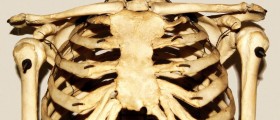
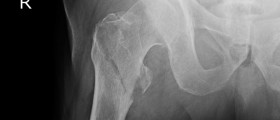




-Test-And-What-Do-The-Results-Mean_f_280x120.jpg)
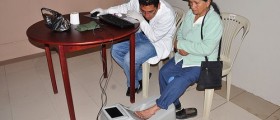

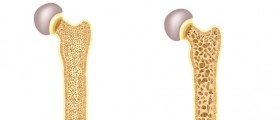

Your thoughts on this
Loading...